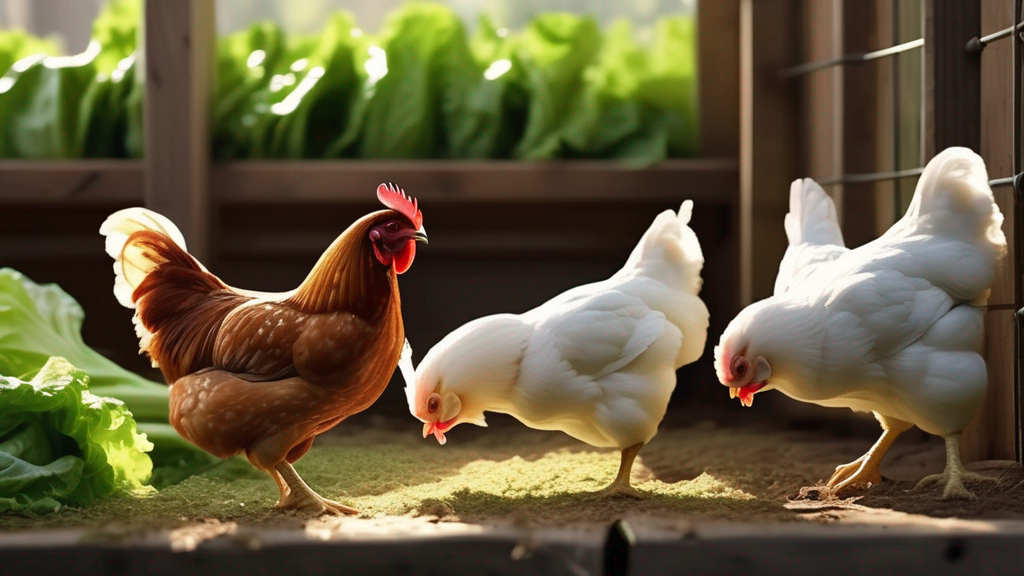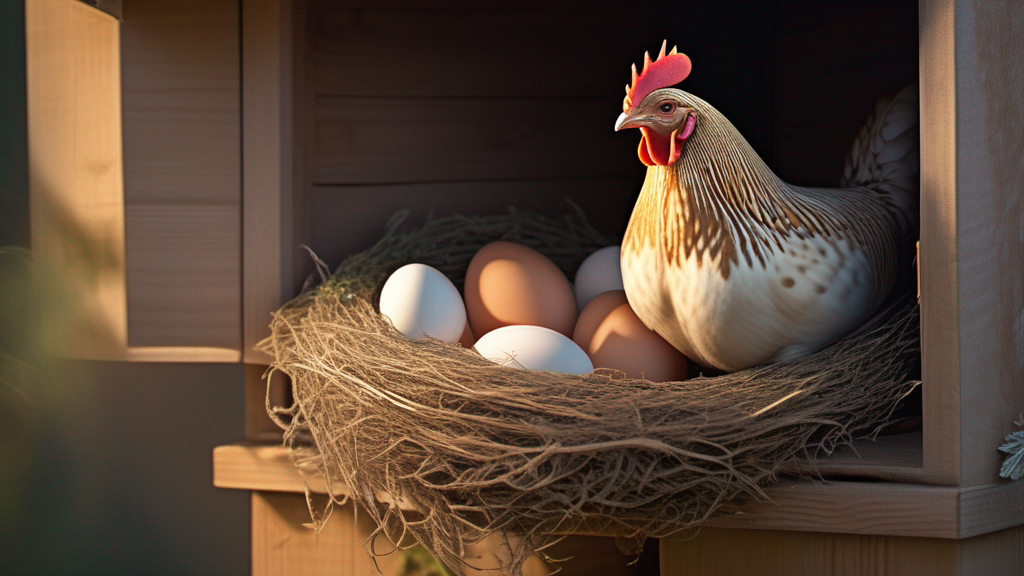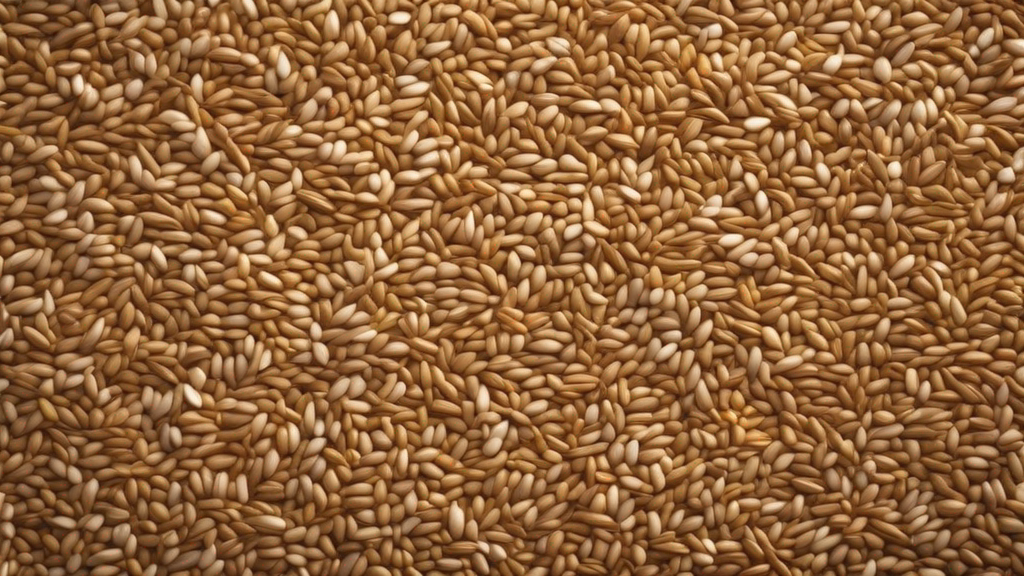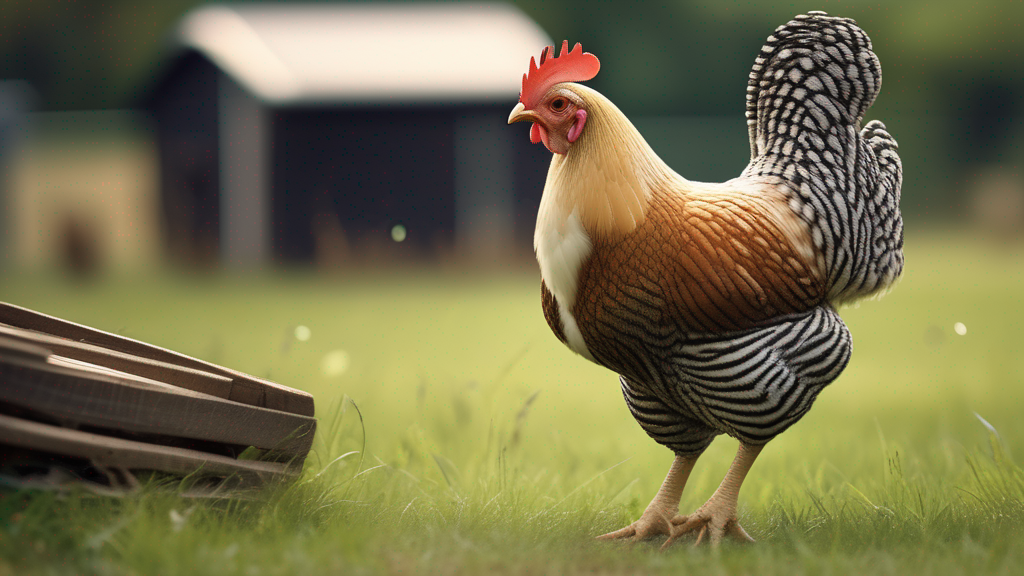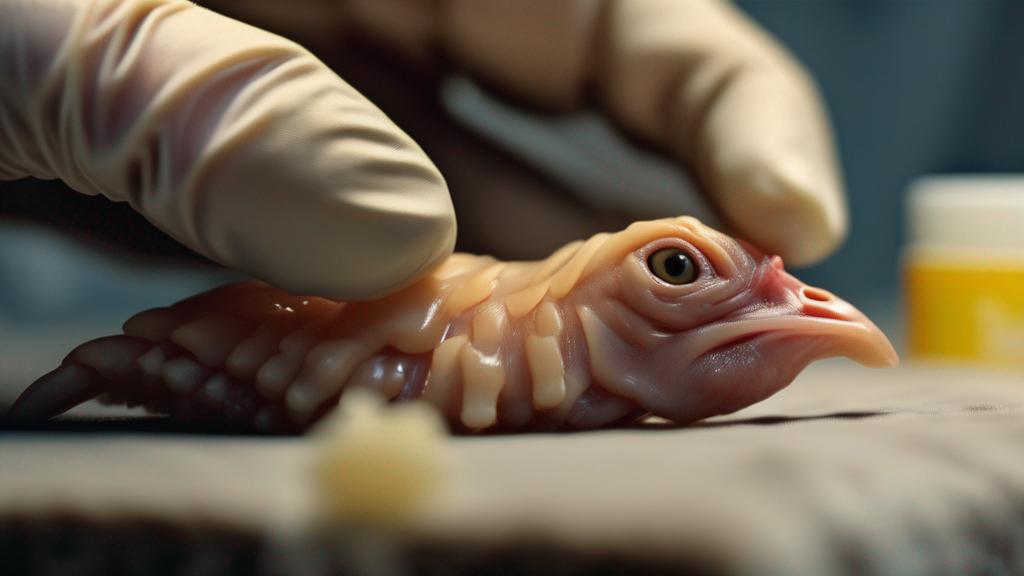Eggs naturally come with a protective coating known as the “bloom” or cuticle, which helps seal the shell’s pores and guard against bacterial entry. Understanding the role of bloom and how it influences egg storage can help keep eggs fresher for longer. In this guide, we explore what the bloom is, how it preserves egg quality, optimal storage conditions, expected shelf life for eggs with intact bloom, methods to test freshness, indicators of spoilage, and best practices for handling and storing eggs to maximize their longevity.
1. What Is the Bloom and Why It Matters
The bloom (also called the cuticle) is a natural, microscopic protein coating covering the eggshell immediately after laying. It serves several protective functions:
- Seals Shell Pores: The shell contains thousands of microscopic pores for gas exchange. The bloom fills and seals many of these pores, reducing moisture loss and limiting bacterial ingress.
- Barrier Against Contaminants: The cuticle helps prevent bacteria (e.g., Salmonella) from penetrating the shell and reaching the inner contents.
- Maintains Internal Environment: By reducing moisture loss and gas exchange, bloom helps maintain the internal pH and moisture balance, slowing deterioration of the albumen (egg white) and yolk.
When eggs are collected directly from the nest and not washed, the bloom remains intact. Commercial egg processing often involves washing or sanitizing eggs, which removes the bloom; those eggs generally require refrigeration to slow microbial growth and moisture loss. In contrast, unwashed farm-fresh eggs with bloom can often be stored at room temperature for a period without rapid quality decline.
2. Expected Shelf Life of Eggs with Intact Bloom
The lifespan of eggs depends on several variables: ambient temperature, humidity, handling, and whether the bloom remains intact. Below is a general guideline for unwashed eggs with bloom under typical storage conditions.
| Storage Condition | Approximate Shelf Life | Key Considerations |
|---|---|---|
| Room Temperature (~18–22°C / 64–72°F), moderate humidity (50–70%) | 2–3 weeks with minimal quality loss; up to 4 weeks acceptable if collected and stored promptly | Keep in a cool, stable location away from direct sunlight; use within a few weeks for best quality. |
| Cool Room (~10–15°C / 50–59°F), moderate humidity | 4–6 weeks | Lower temperature slows aging; avoid fluctuations. Ideal if a cool pantry or root cellar is available. |
Note that these estimates assume eggs have been collected soon after laying, not cracked or contaminated, and are stored with the bloom intact. Once the bloom is removed (e.g., via washing), room-temperature storage significantly shortens shelf life; refrigerated storage becomes important.
3. Factors Affecting Egg Freshness
Several factors influence how long eggs with bloom remain fresh:
- Ambient Temperature: Higher temperatures accelerate loss of internal moisture and deterioration of proteins. Ideally, store eggs in a location that remains fairly cool—ideally under 20°C (68°F) for room-temperature storage.
- Temperature Fluctuations: Frequent changes (e.g., moving between cold and warm areas) cause condensation on shells, which can facilitate bacterial entry. Keep storage temperature stable.
- Humidity: Very low humidity can increase moisture loss through shell pores; very high humidity can encourage mold or bacterial growth externally. Moderate humidity (around 50–70%) is preferable.
- Handling and Cleanliness: Cracked or dirty shells can harbor bacteria. Even with intact bloom, avoid storing soiled eggs without cleaning only when necessary. If eggs are visibly soiled, gently dry-brush off debris rather than washing to preserve bloom.
- Age at Collection: Eggs collected promptly after laying have fresher interior quality and intact bloom for better preservation. Eggs left in nest for extended time may have lost some bloom integrity and begun aging internally.
- Storage Orientation: Storing eggs with the pointed end down minimizes yolk movement and helps maintain air cell position, which can preserve freshness slightly longer.
4. To Wash or Not to Wash?
Washing eggs removes the bloom and opens the shell’s pores to greater moisture loss and potential microbial entry. For eggs intended for short-term storage or consumption soon after collection, it is often recommended to leave the bloom intact. Guidelines:
- Unwashed Storage: If eggs are mostly clean or only lightly soiled, store unwashed in a cool, dry spot. Use a dry brush or cloth to remove loose debris rather than washing with water.
- Washing Before Use: If eggs are dirty, washing just before use (rather than at collection) minimizes bloom removal time. Use warm water slightly warmer than egg temperature to avoid drawing contaminants into the shell, and dry promptly.
- Sanitizing Needs: In situations where washing is necessary (e.g., heavy soiling), consider sanitizing methods that minimize bloom removal impact: brief, warm water rinse with mild detergent followed by rapid drying. Recognize that once washed, eggs should be refrigerated promptly.
5. Refrigeration vs. Room-Temperature Storage
Once the bloom is removed or if you prefer added safety, refrigerate eggs. Key points:
- Refrigerated Eggs: Store at around 4–7°C (39–45°F). Refrigeration slows bacterial growth and aging, extending shelf life. Washed eggs or commercially purchased eggs typically require refrigeration.
- Room Temperature Eggs (with Bloom): Can be kept at stable cool temperatures for a few weeks. Avoid refrigeration if storing unwashed eggs in certain regions? Note: in many countries, eggs are not washed and sold unrefrigerated; once refrigerated, avoid leaving them at room temperature again to prevent condensation.
- Transitioning Eggs: If eggs with intact bloom are placed in a refrigerator, maintain them there until use. Avoid taking refrigerated eggs out and storing at room temperature repeatedly.
6. Testing Egg Freshness
Even with appropriate storage, it’s useful to test egg freshness before using, especially if approaching the end of recommended storage periods. Common methods:
6.1 Float Test
Place the egg gently in a bowl of cool water:
- Sinks and lies flat: Very fresh (air cell small).
- Sinks but stands on one end: Older but still usable (air cell larger). Use soon.
- Floats: Large air cell; interior gases indicate advanced aging. Best to crack open and inspect before cooking; discard if off-odor or unusual appearance.
6.2 Candling
Using a bright light source in a dark room, observe the interior:
- Small air cell, yolk centered: Fresh egg.
- Larger air cell, more movement or shadow around yolk: Older egg. Still usable if no off-odor and white remains reasonably firm.
- Dark spots, blood rings, or cloudy appearance: Potential internal issues; discard if suspect contamination or spoilage.
6.3 Sniff and Visual Inspection
When cracking the egg into a bowl:
- Odor: A fresh egg has little to no smell. A sour or sulfurous smell indicates spoilage; discard immediately.
- Appearance: Clear, viscous white and a well-rounded yolk indicate freshness. A watery white and flattened yolk are signs of aging but often still safe if odorless. Any unusual colors or streaks require discarding.
7. Indicators of Spoilage
Even within estimated storage windows, eggs can spoil if conditions were suboptimal. Key indicators:
- Off-Odor: The most reliable sign. A rotten or sulfur smell upon cracking means throw away.
- Unusual Color: Pink, green, or cloudy discoloration in white or yolk suggests bacterial contamination.
- Excessive Watery White: While thinning occurs naturally with age, extremely watery white and a collapsed yolk may signal advanced aging; if odorless, can be used in thoroughly cooked recipes, but quality is lower.
- Mold or Spots on Shell: External mold indicates likely internal contamination; discard such eggs.
8. Best Practices for Egg Storage with Bloom
- Collect Promptly: Gather eggs soon after laying to preserve bloom integrity and prevent pre-storage contamination.
- Inspect and Dry-Brush: Remove loose debris with a dry brush. Avoid washing unless necessary.
- Store Pointed End Down: Helps keep yolk centered and air cell stable at the top.
- Stable Cool Location: Choose a pantry, cellar, or dedicated egg box away from heat sources (oven, direct sunlight) and large temperature swings.
- Use within Recommended Period: Plan to use unwashed eggs within 3–4 weeks at room temperature; extended storage beyond 4 weeks risks quality loss even if bloom intact.
- Label Collection Dates: Mark egg-carton or container with the date of collection to manage rotation (first in, first out).
- Avoid Washing Early: If eggs must be cleaned, do so immediately before use, then refrigerate those eggs promptly.
- Monitor Humidity: If storage area is very dry, eggs may lose moisture faster; consider slightly more humid storage (but avoid dampness that encourages mold).
9. Special Considerations
9.1 Local vs. Commercial Eggs
Farm-fresh eggs often retain bloom and can be stored at room temperature if legal and safe in your region. Commercial eggs are usually washed and need refrigeration. Understand local guidelines: in some areas, refrigeration of eggs is standard practice to reduce foodborne illness risk.
9.2 Seasonal and Climate Factors
In very warm climates, “room temperature” may exceed recommended storage levels. In such cases, even unwashed eggs benefit from cooler storage (e.g., in a cool pantry or lightly refrigerated environment). High humidity or pests (e.g., rodents) also influence storage choices.
9.3 Vulnerable Populations
When serving eggs to infants, elderly, pregnant individuals, or immunocompromised persons, err on the side of caution: use fresher eggs, consider refrigeration regardless of bloom, and cook eggs thoroughly.
10. Summary of Key Points
- The bloom is a natural protective coating that seals shell pores, helping eggs remain fresh longer when unwashed.
- Unwashed eggs with intact bloom can typically last 2–3 weeks at stable room temperatures (18–22°C) and up to 4–6 weeks in cooler storage (10–15°C), depending on conditions.
- Washing eggs removes bloom and necessitates refrigeration; if washing is unavoidable, do so just before use and refrigerate immediately.
- Factors affecting freshness include temperature, humidity, handling, and collection timing. Stable, cool, moderately humid storage areas preserve freshness best.
- Test egg freshness with float tests, candling, and sensory checks (smell, appearance) before use, especially when eggs near the end of their storage window.
- Indicators of spoilage include off-odor, unusual color, excessive waviness in the white, or mold on the shell—discard eggs showing these signs.
- Best practices: collect promptly, dry-brush instead of washing, store pointed end down, label dates, and use within recommended timeframes. Adjust storage based on climate and intended consumers’ vulnerability.
Conclusion
Understanding the protective role of the bloom and optimal storage conditions allows you to keep eggs fresher longer without immediate refrigeration. By collecting eggs promptly, preserving the bloom, and storing them in a cool, stable environment, unwashed eggs can remain high-quality for several weeks. Always test older eggs for freshness before use and observe spoilage indicators. When in doubt—especially for vulnerable populations or in warm climates—refrigerate or use eggs sooner. With proper handling and storage, you can make the most of eggs’ natural defenses and enjoy fresh eggs safely over an extended period.

